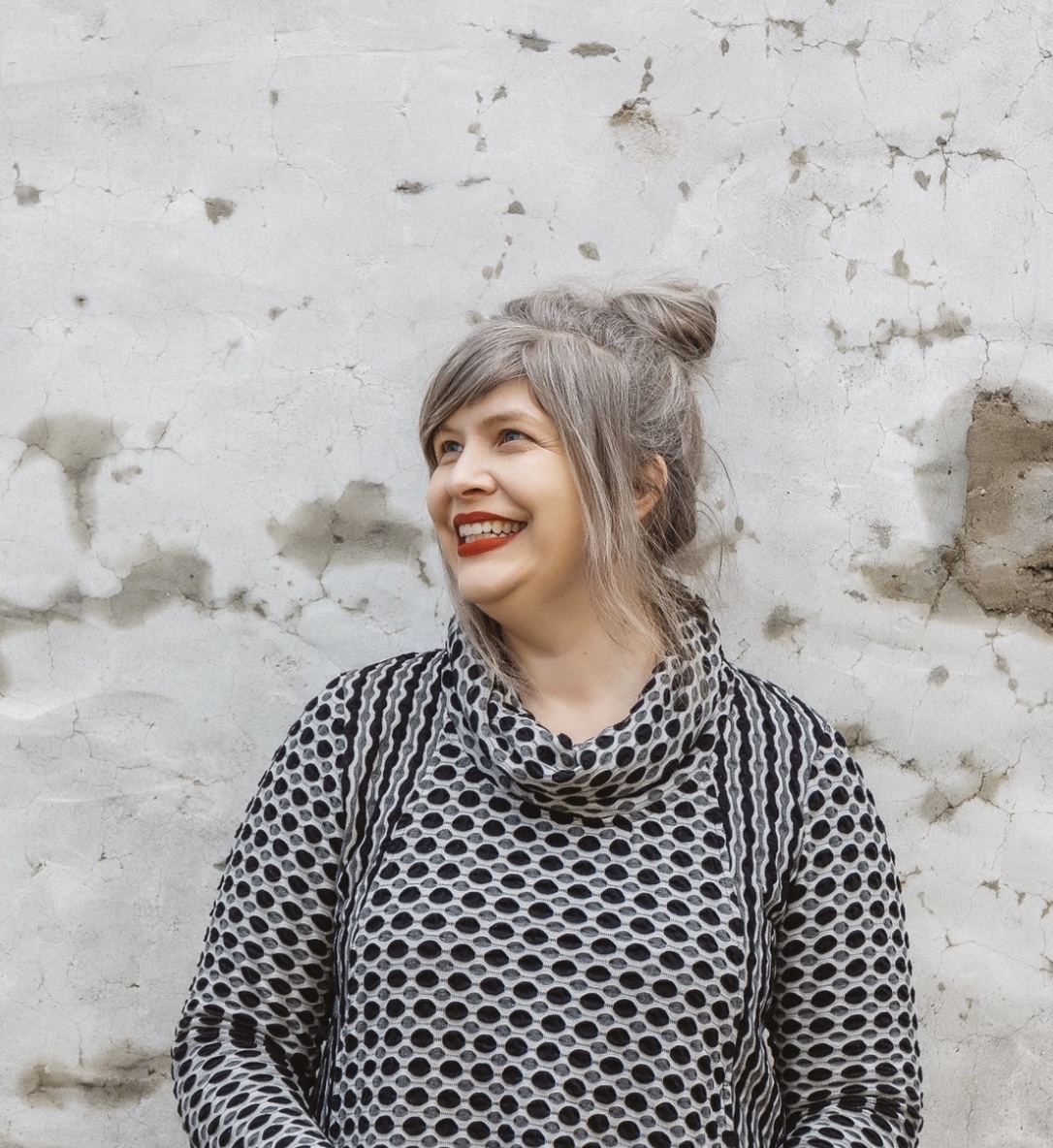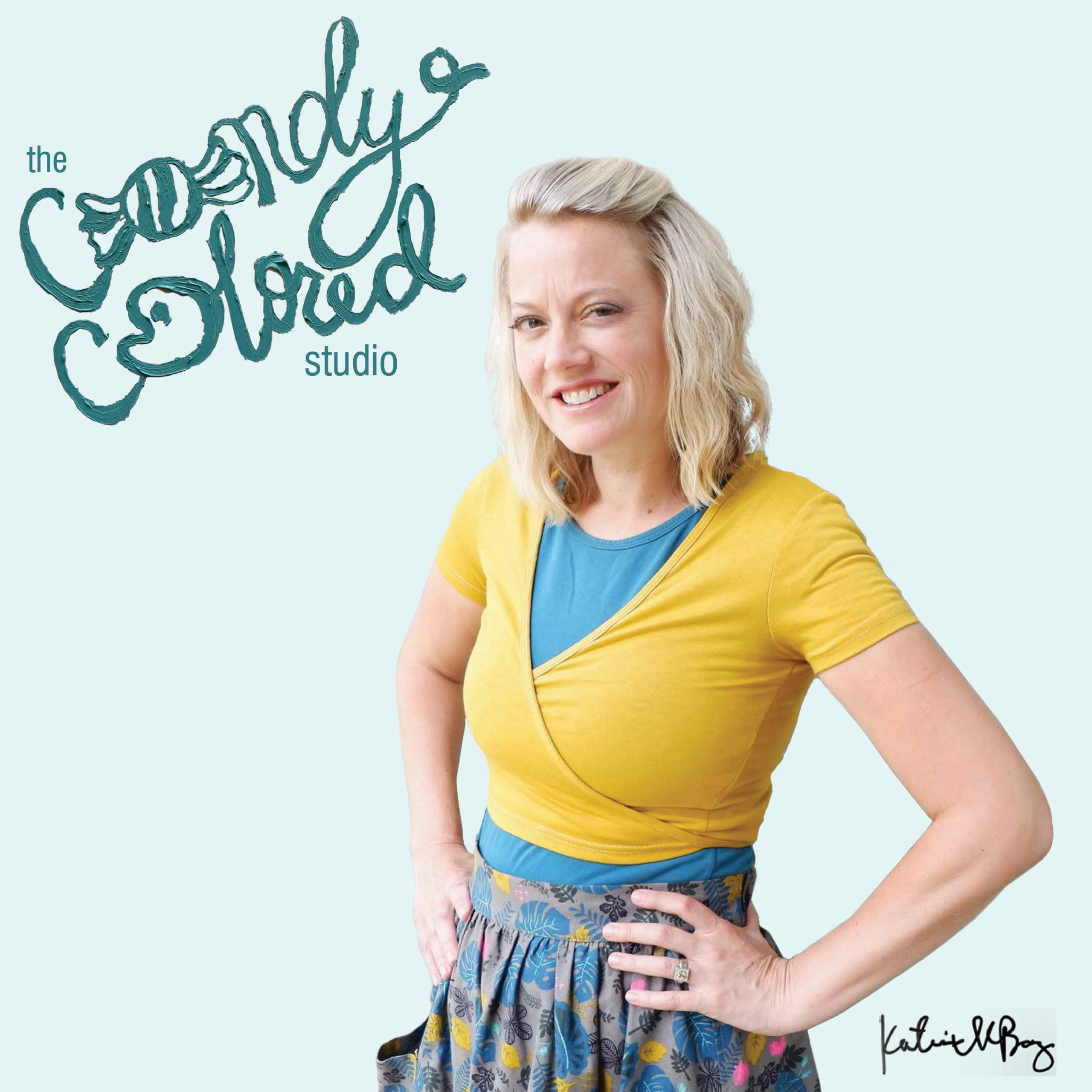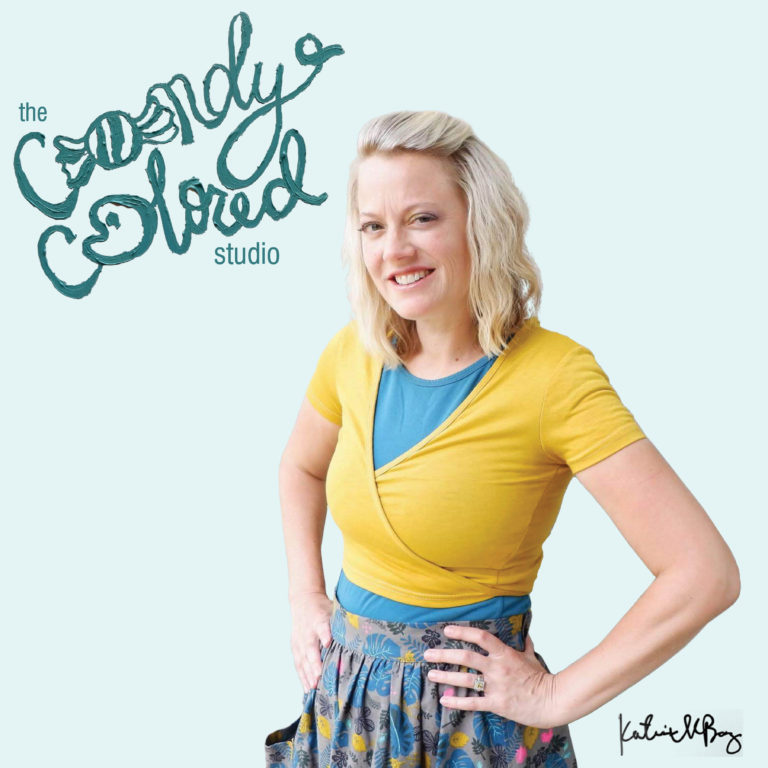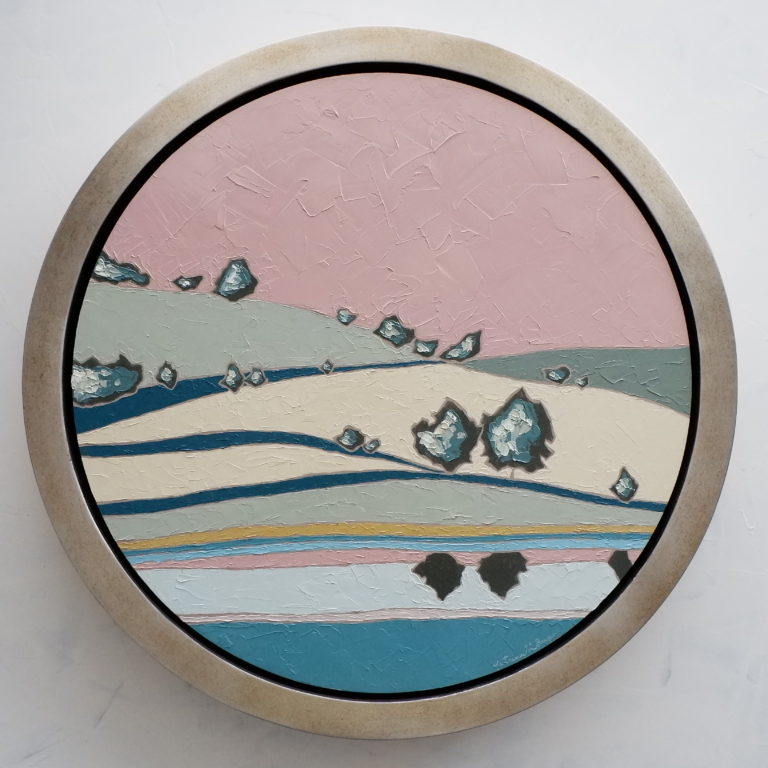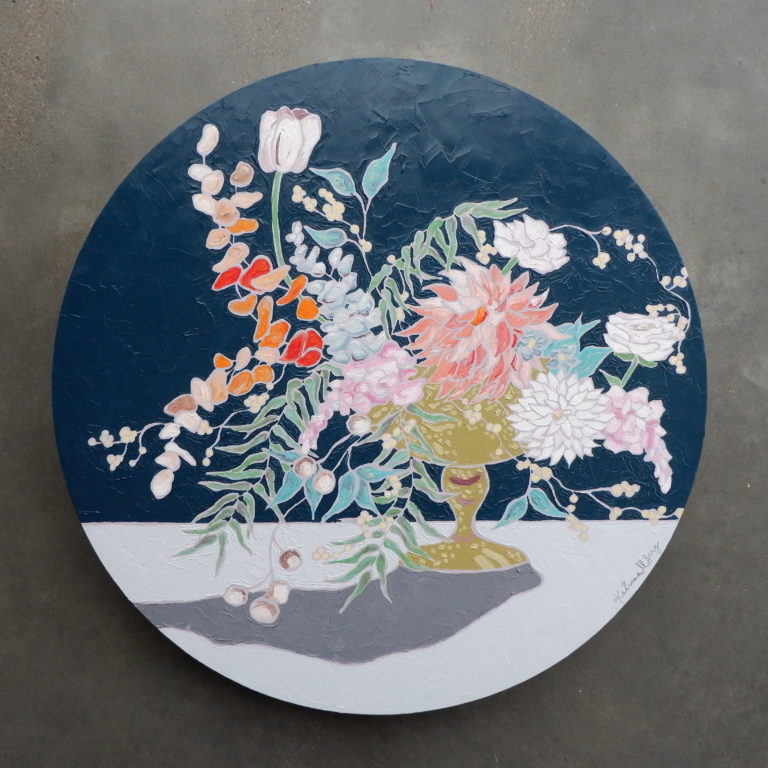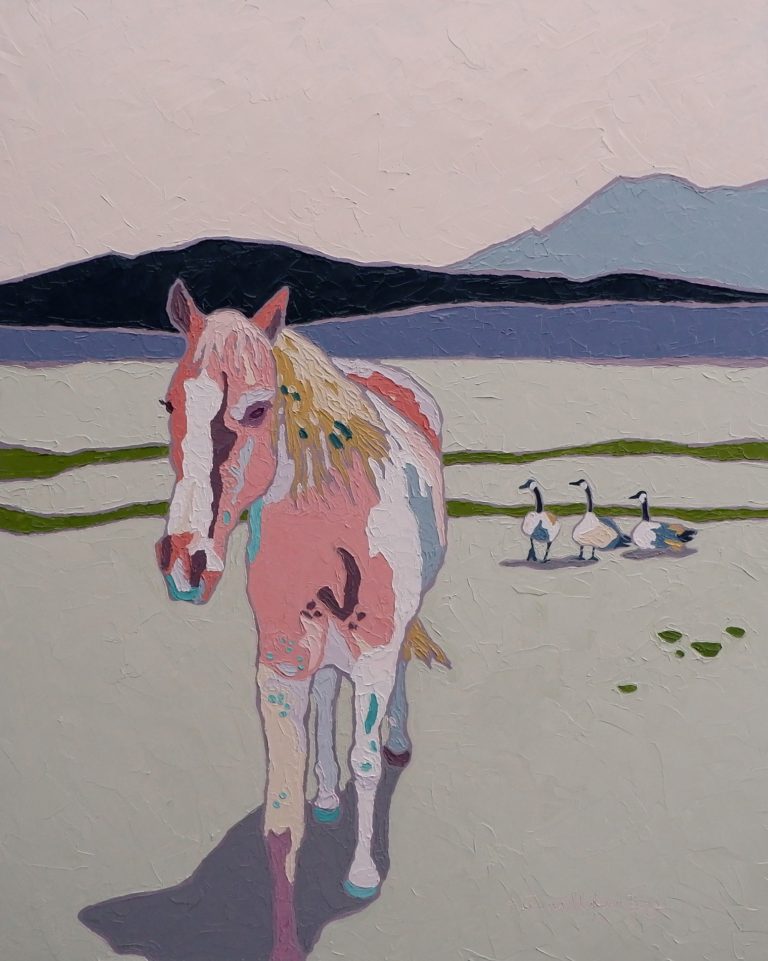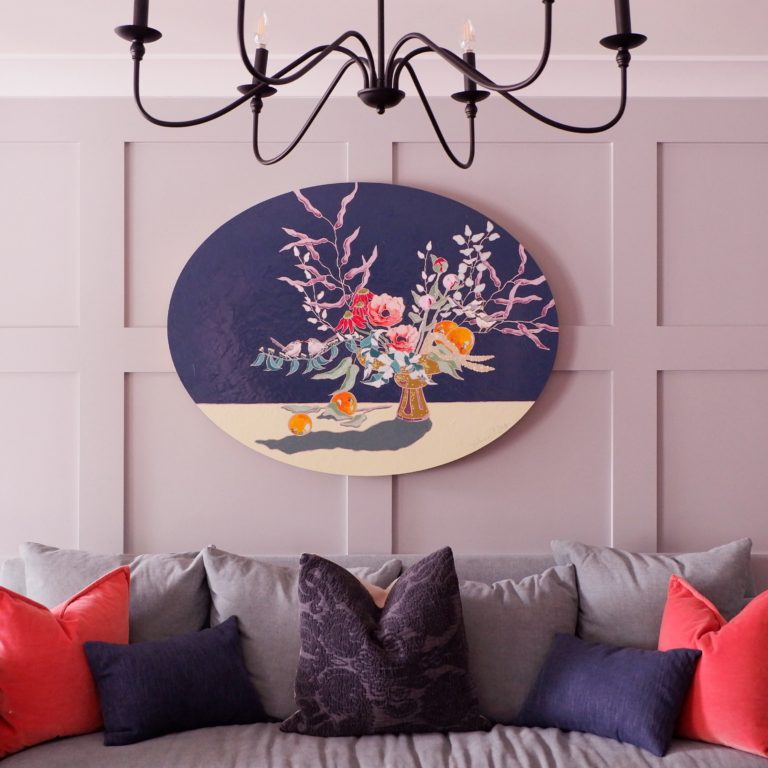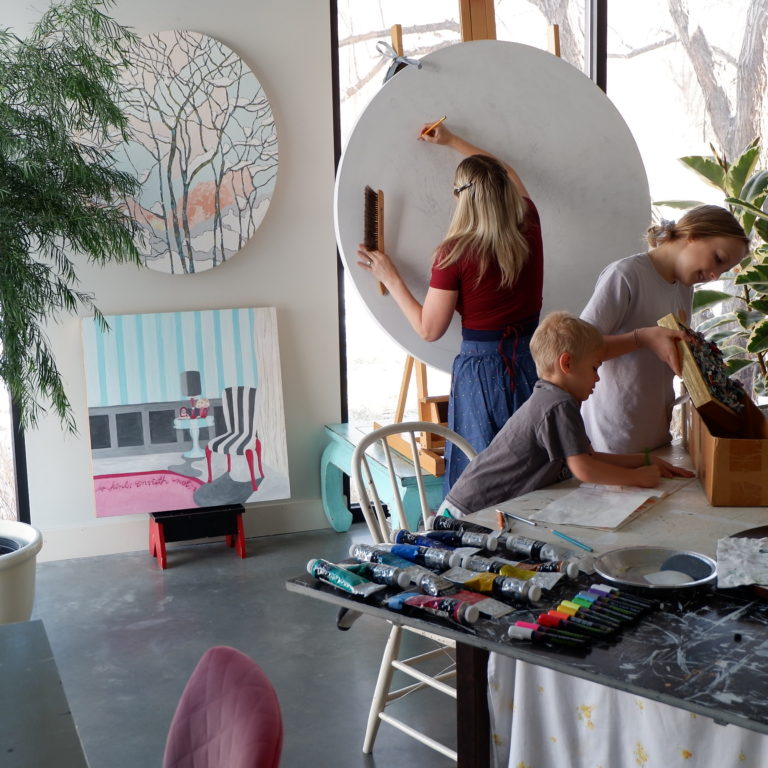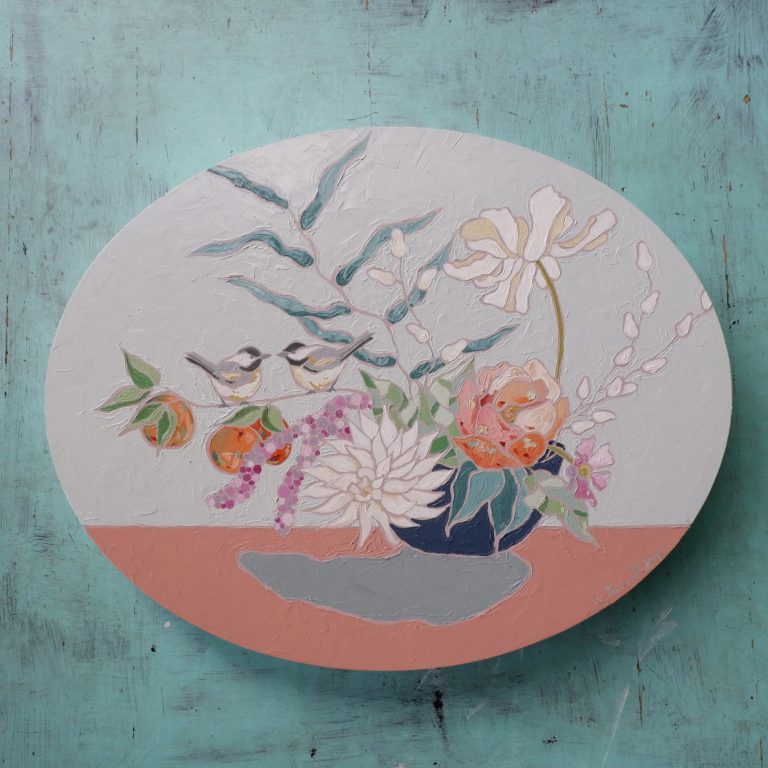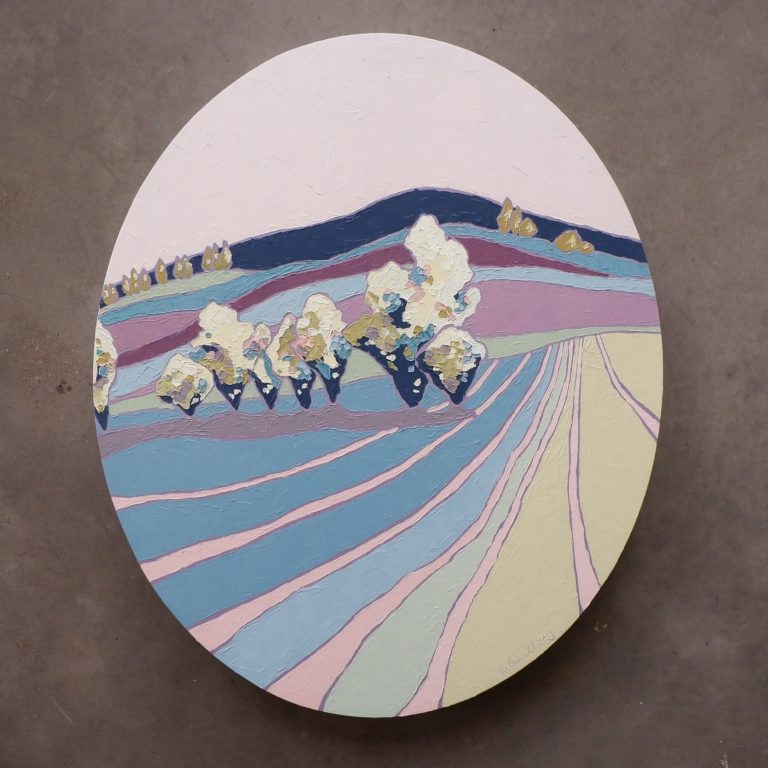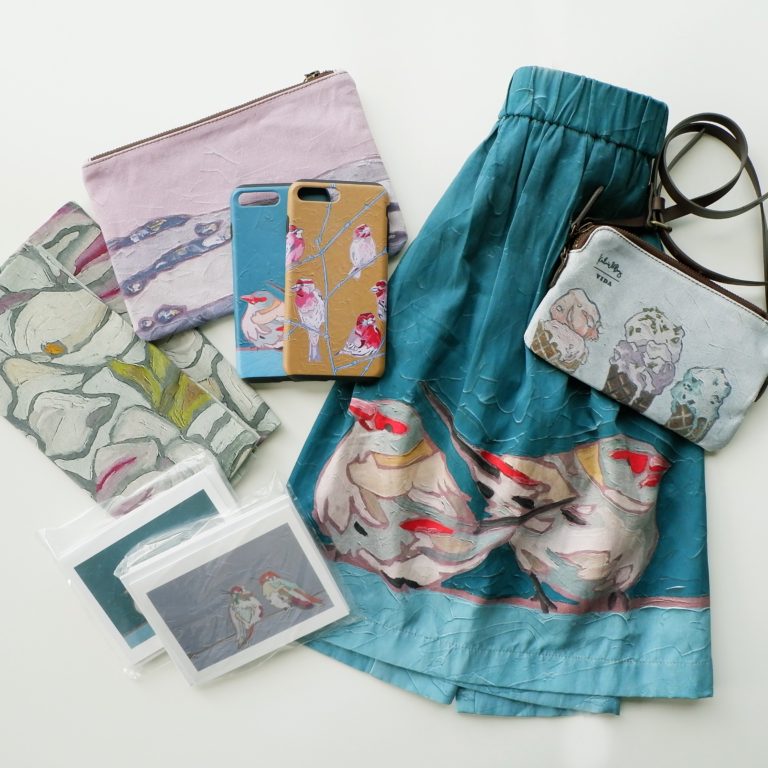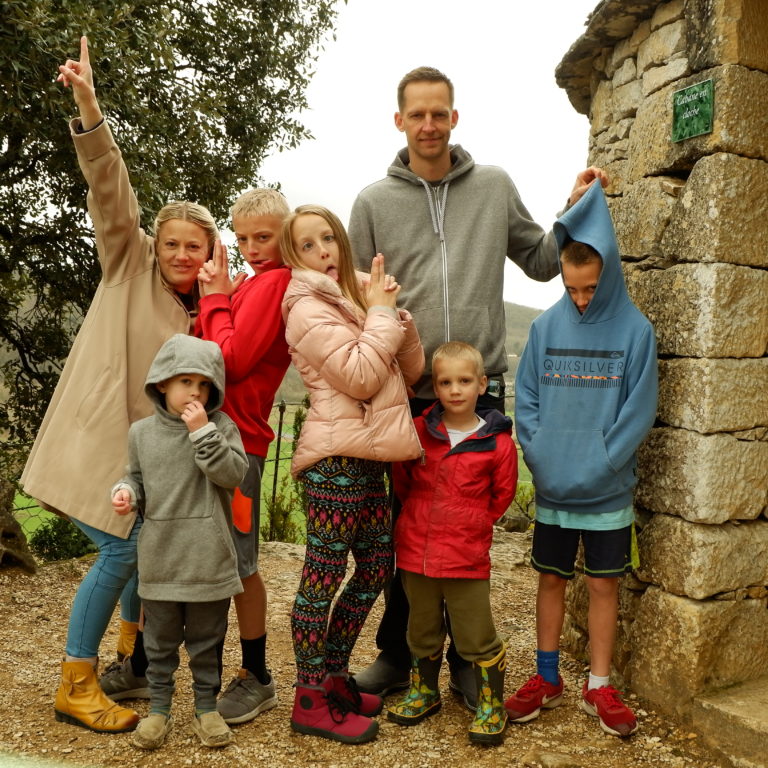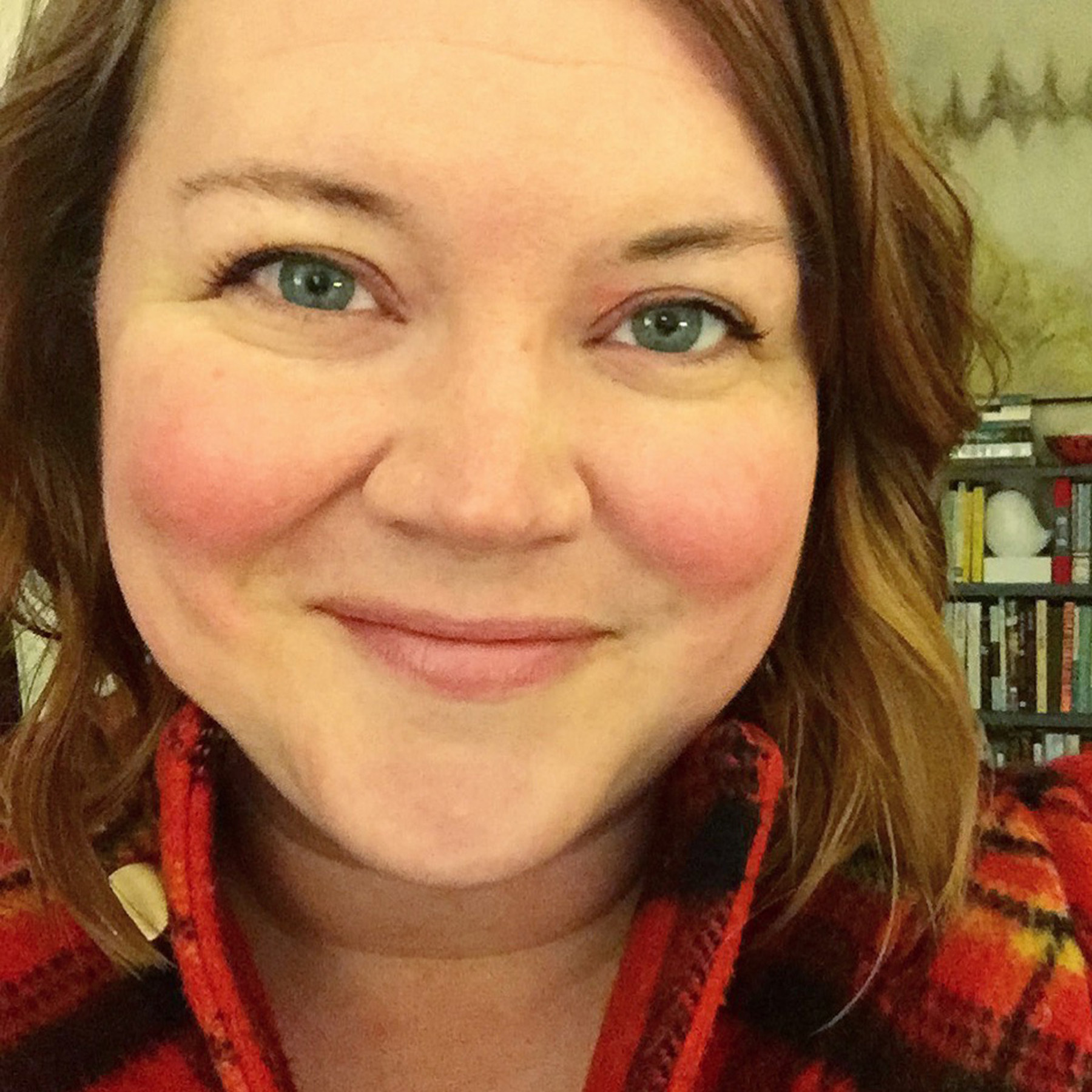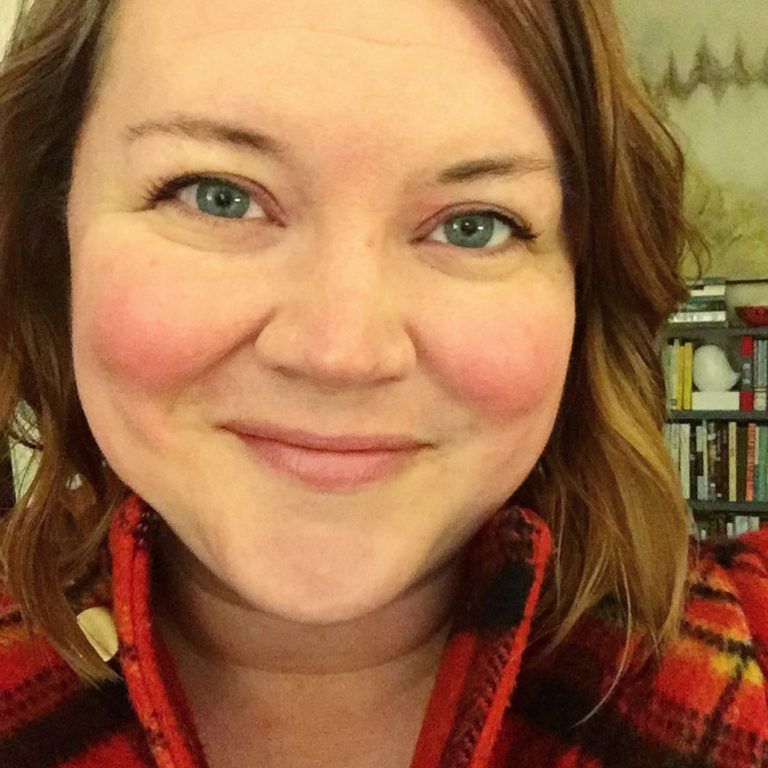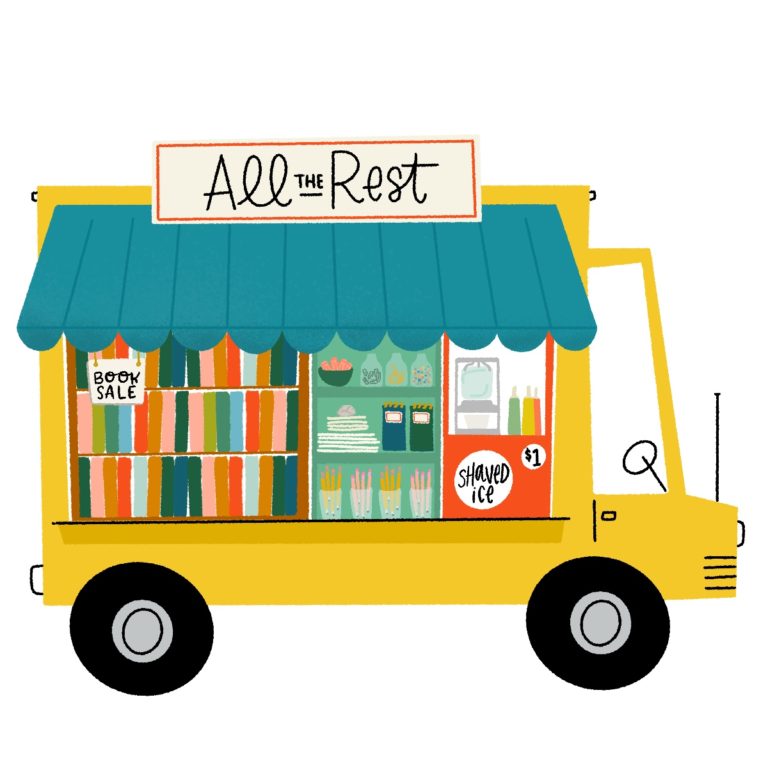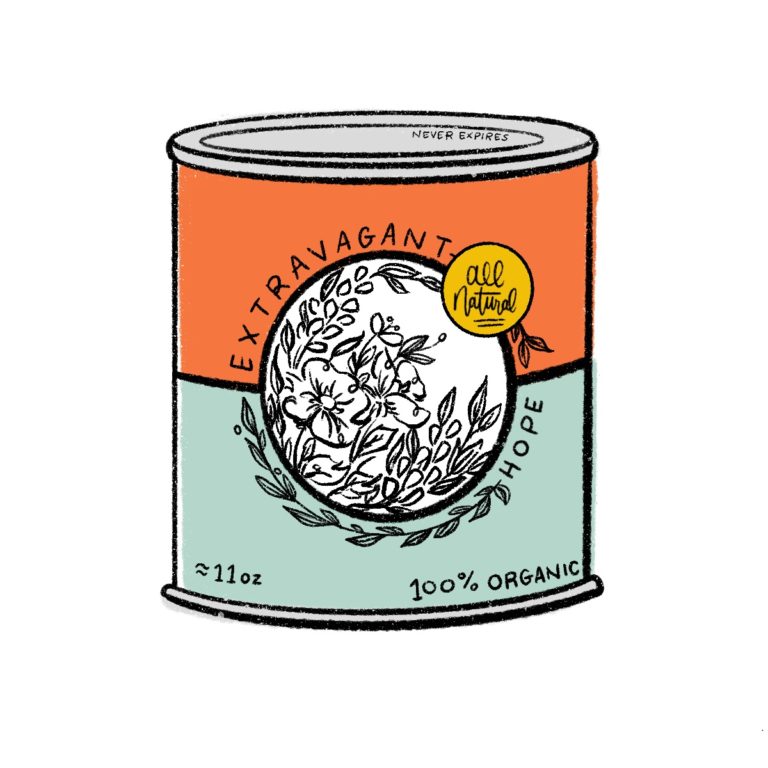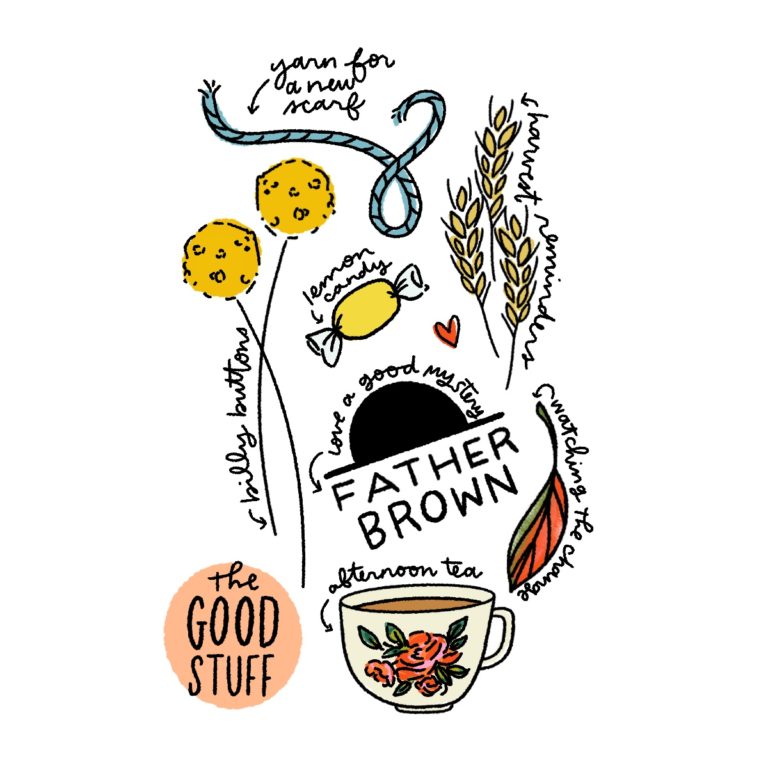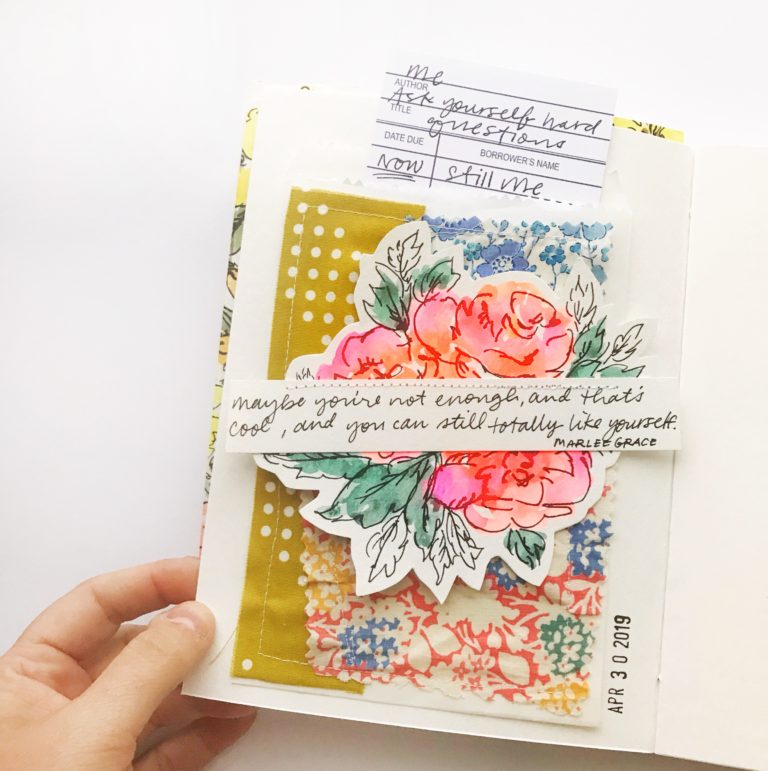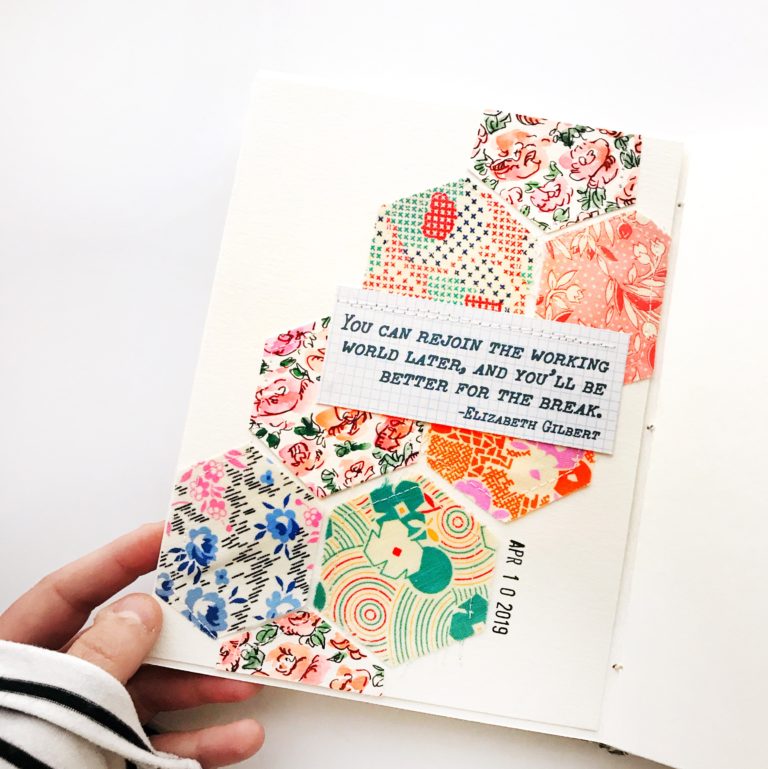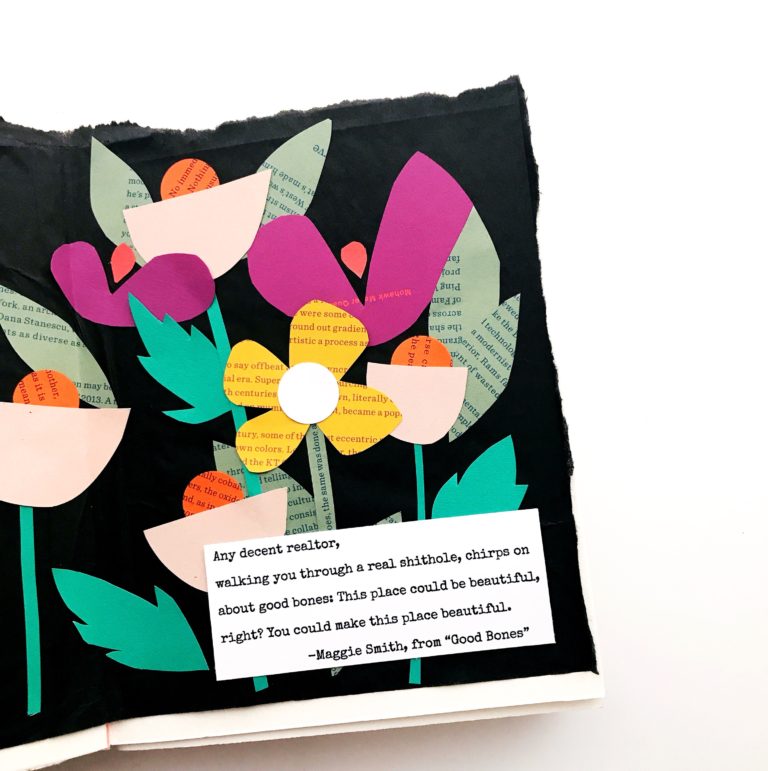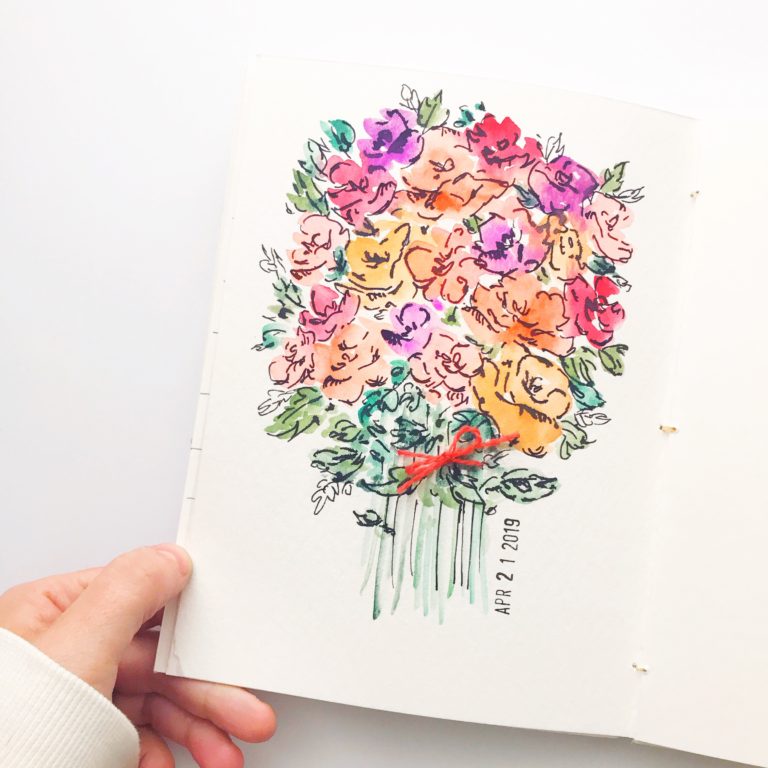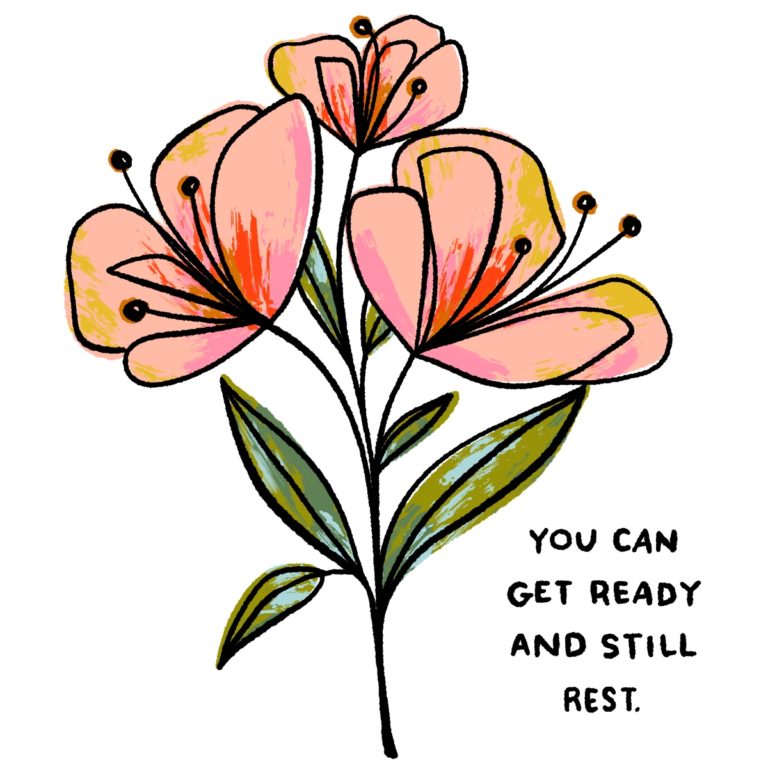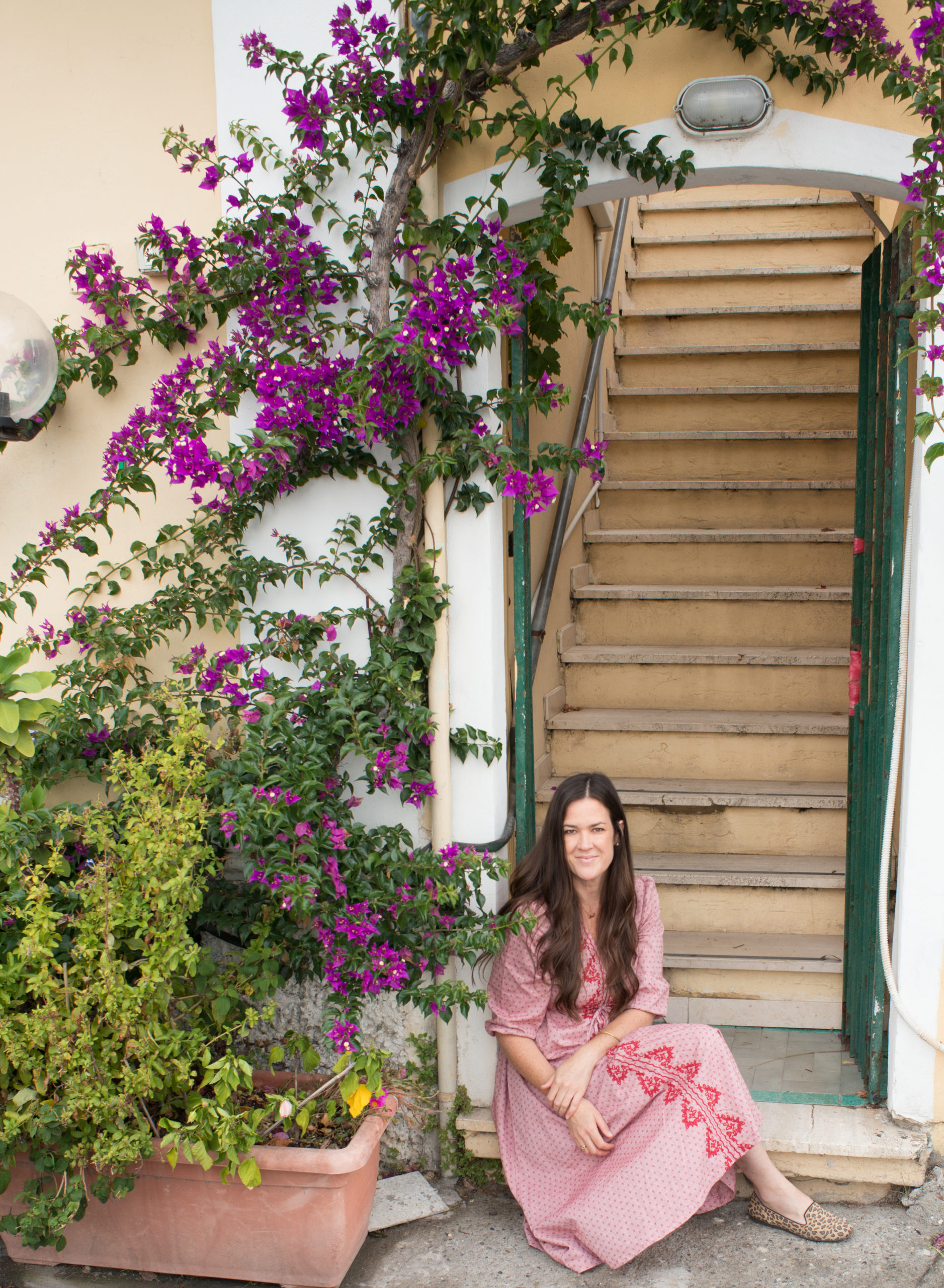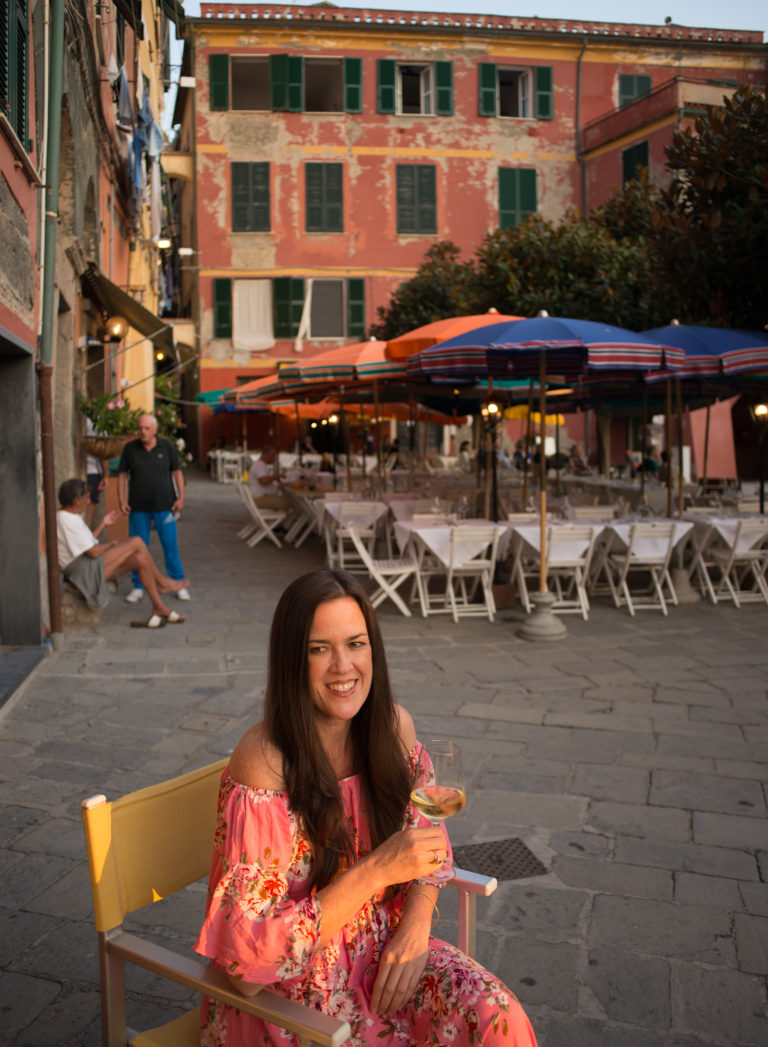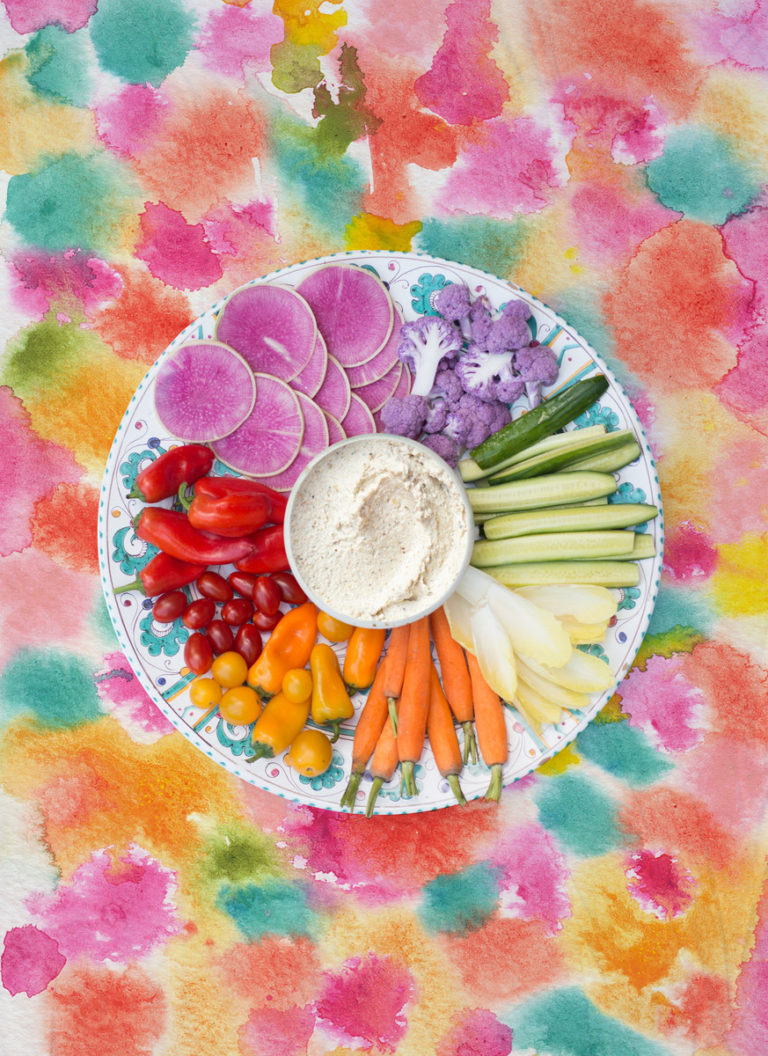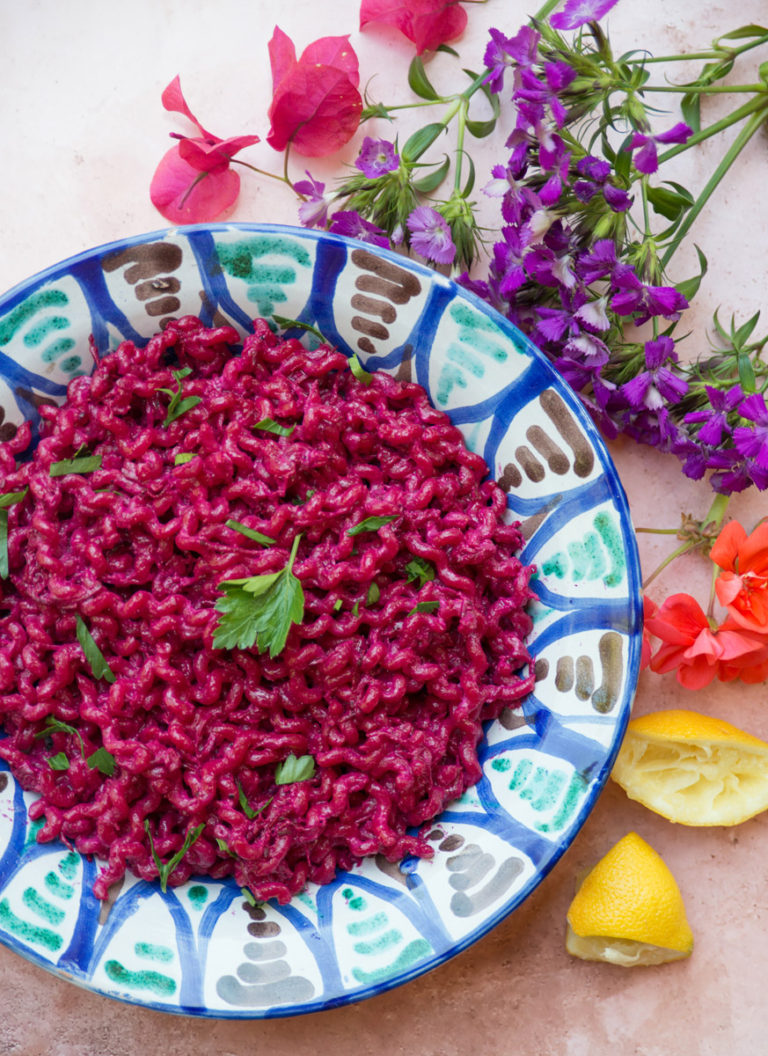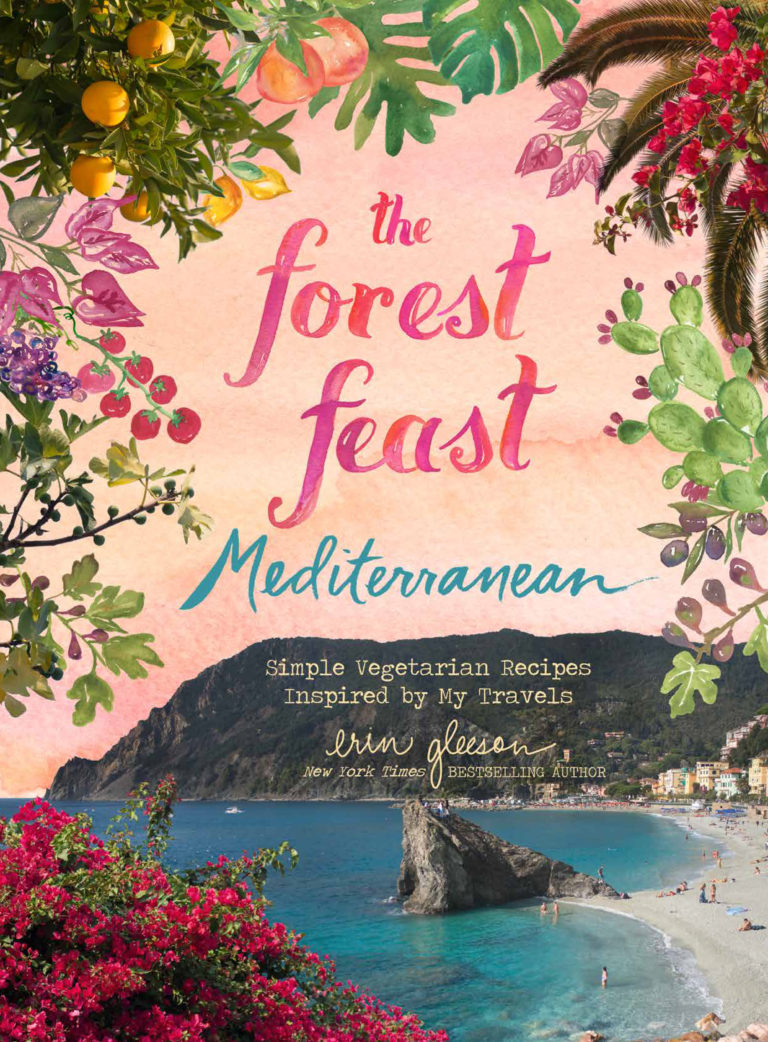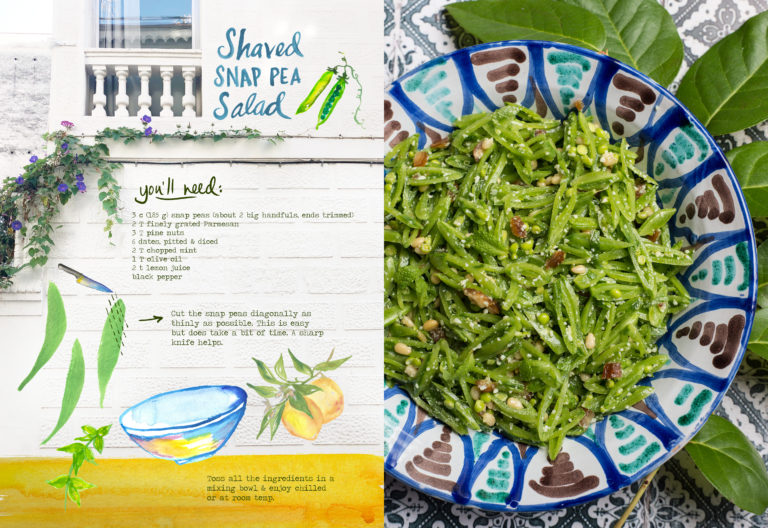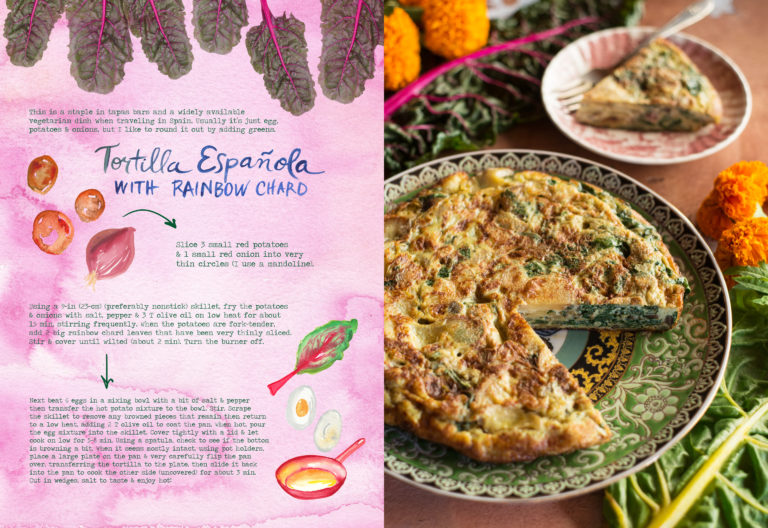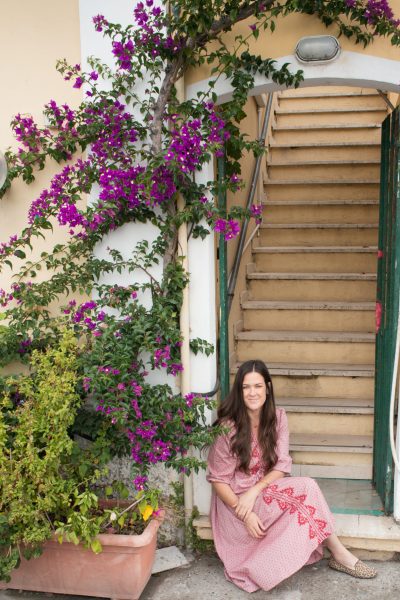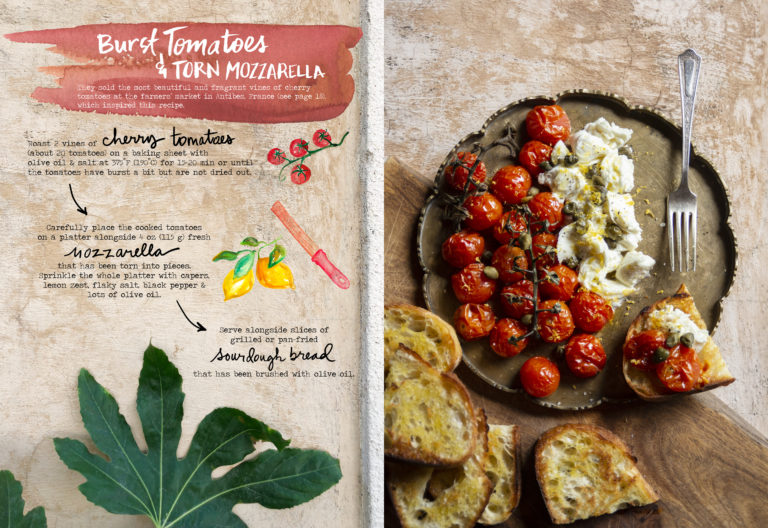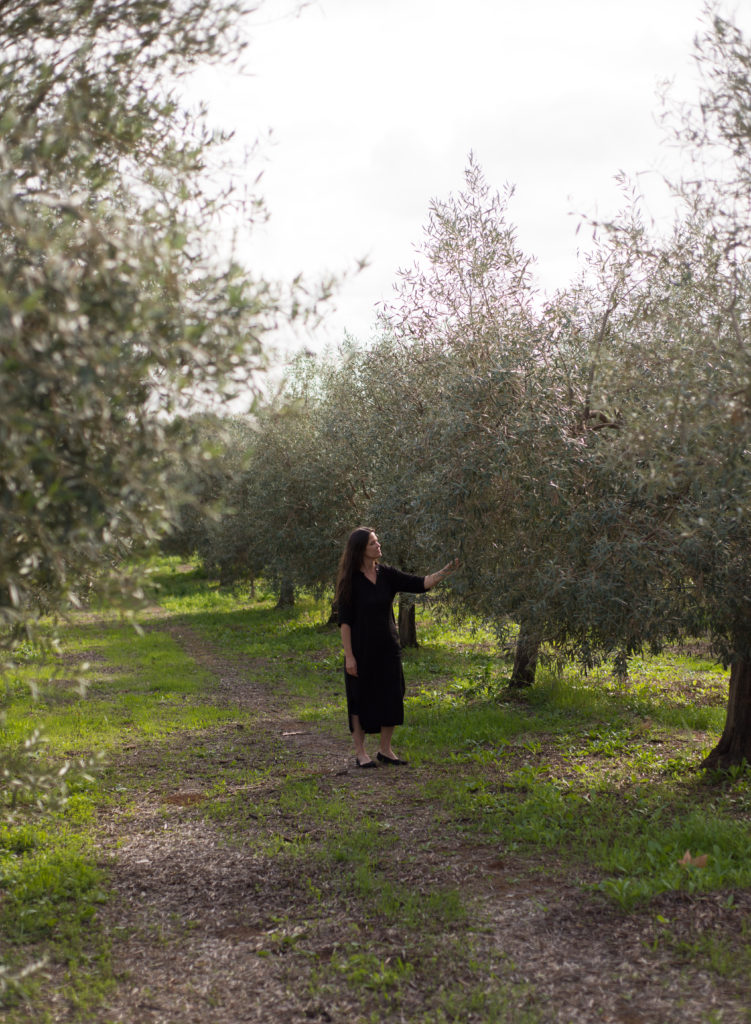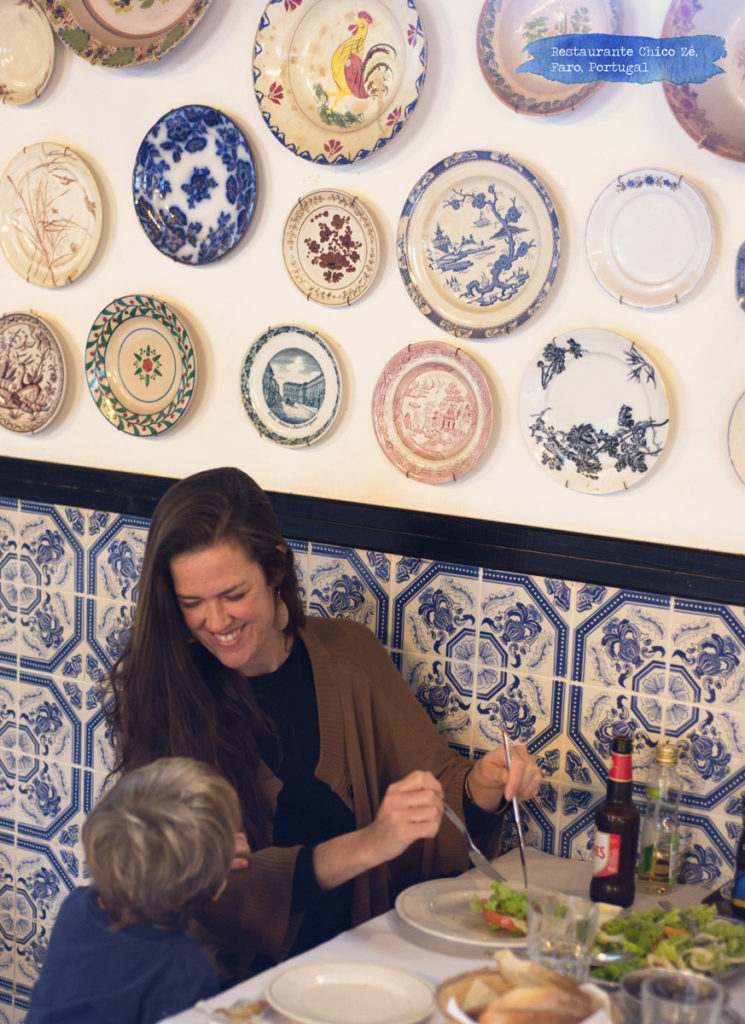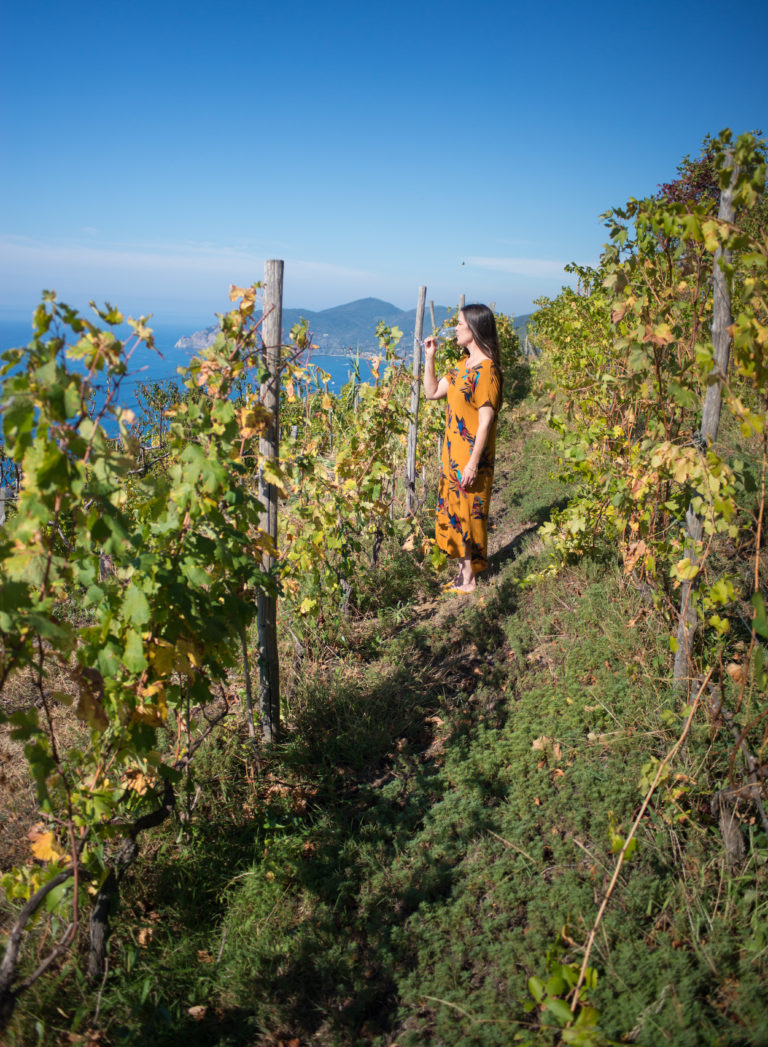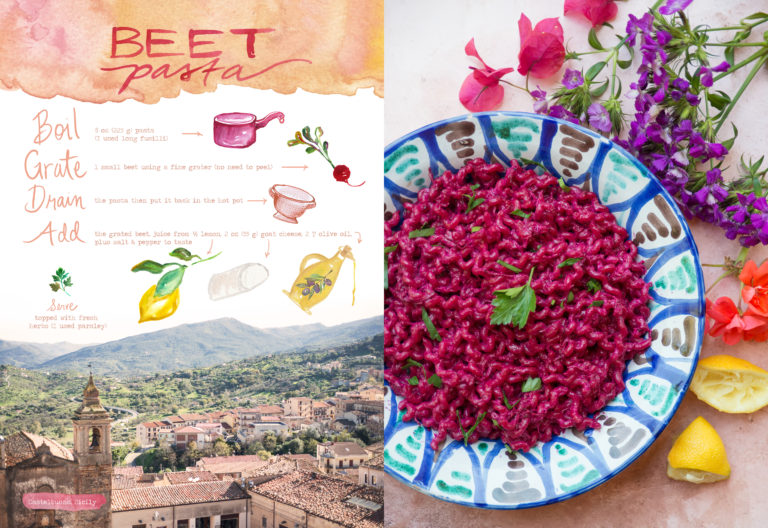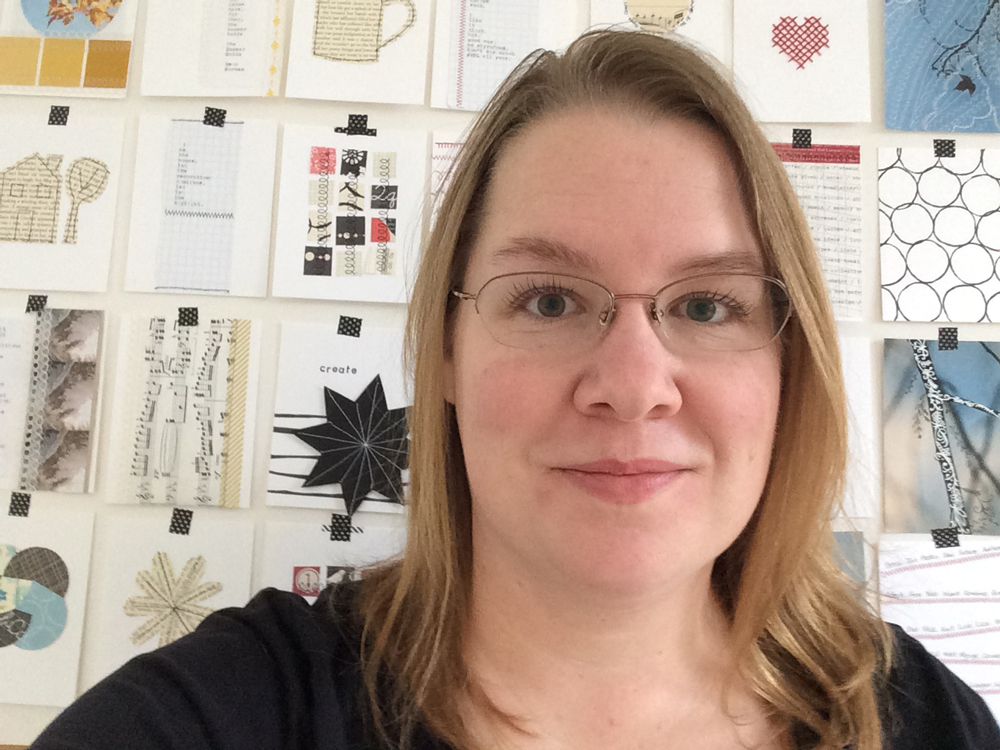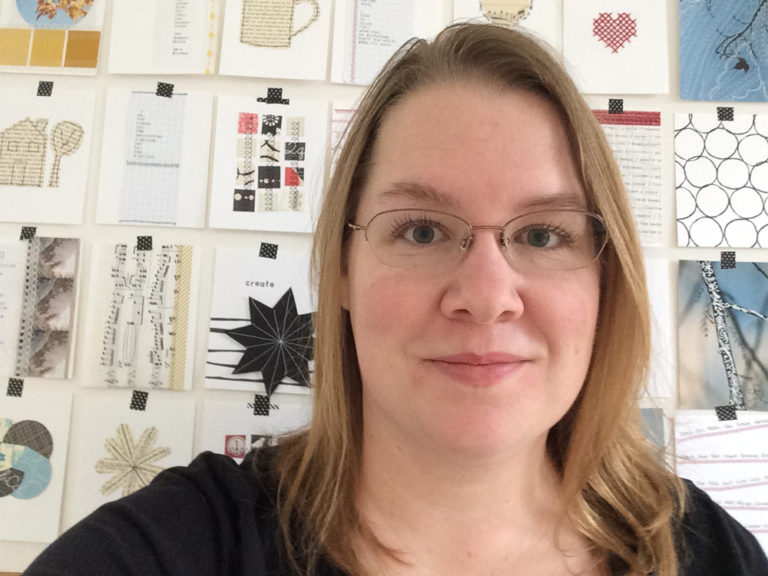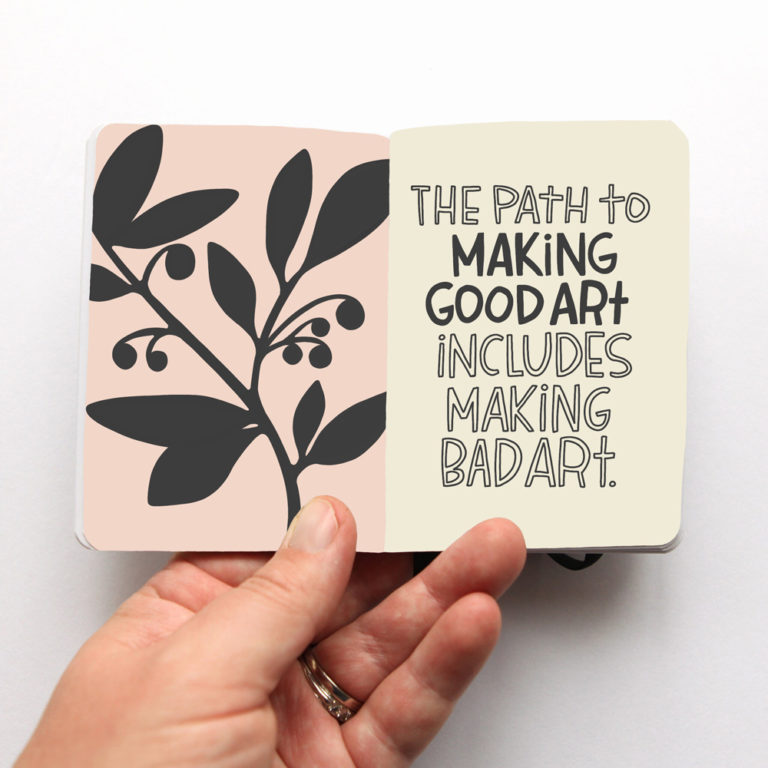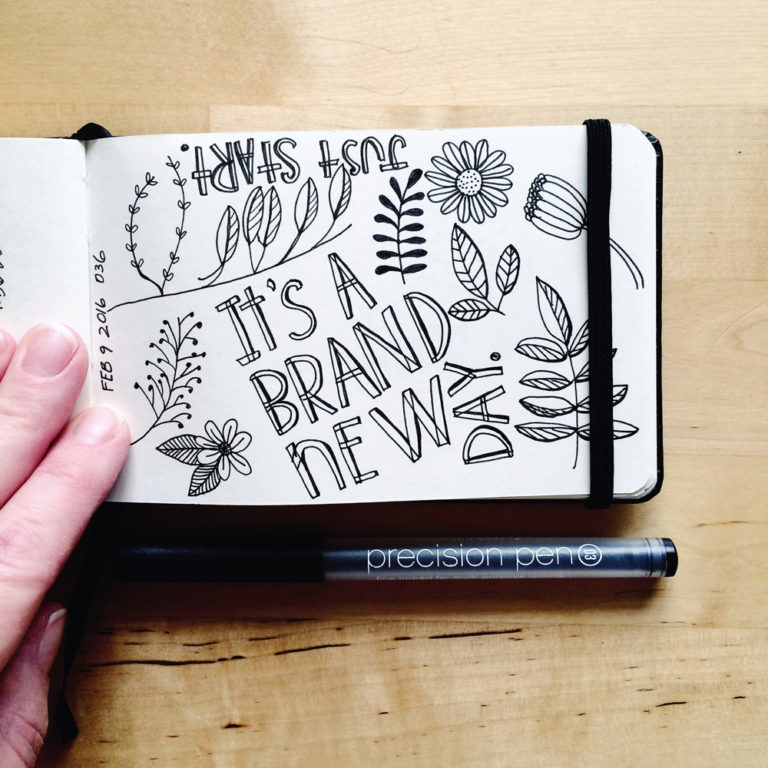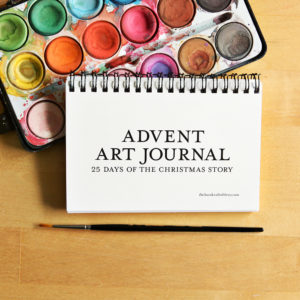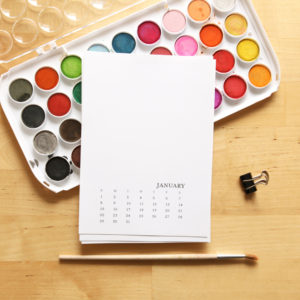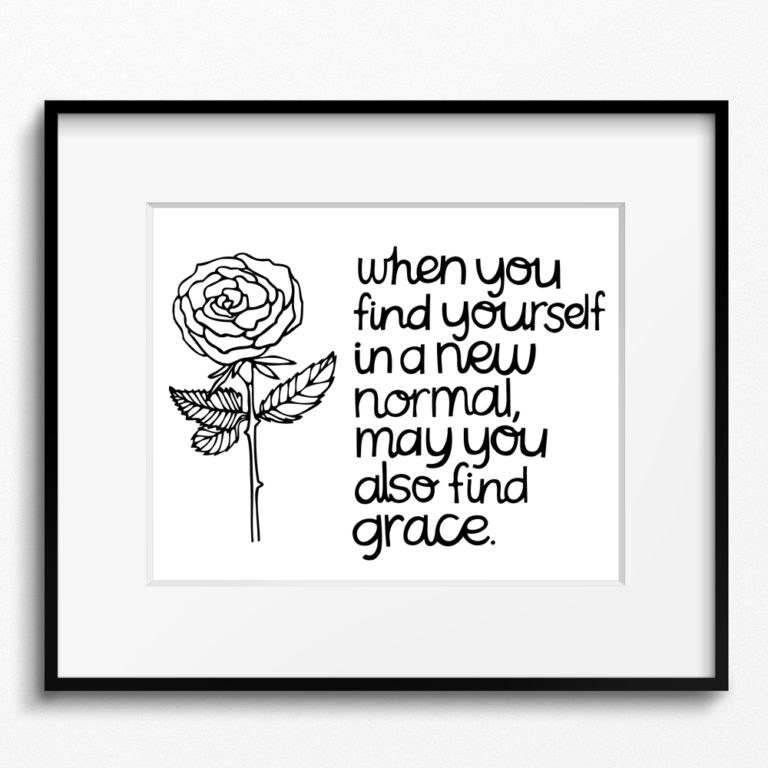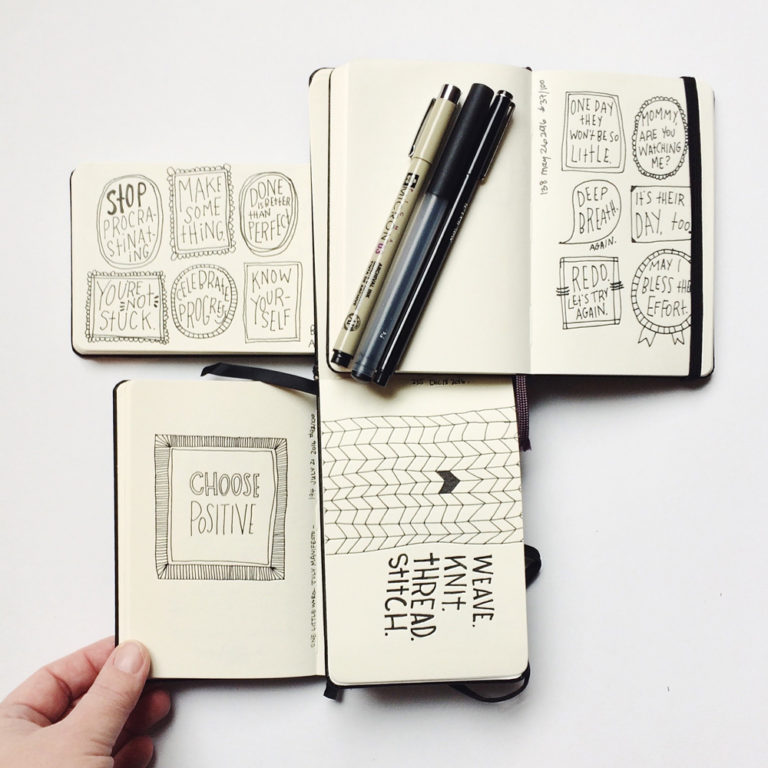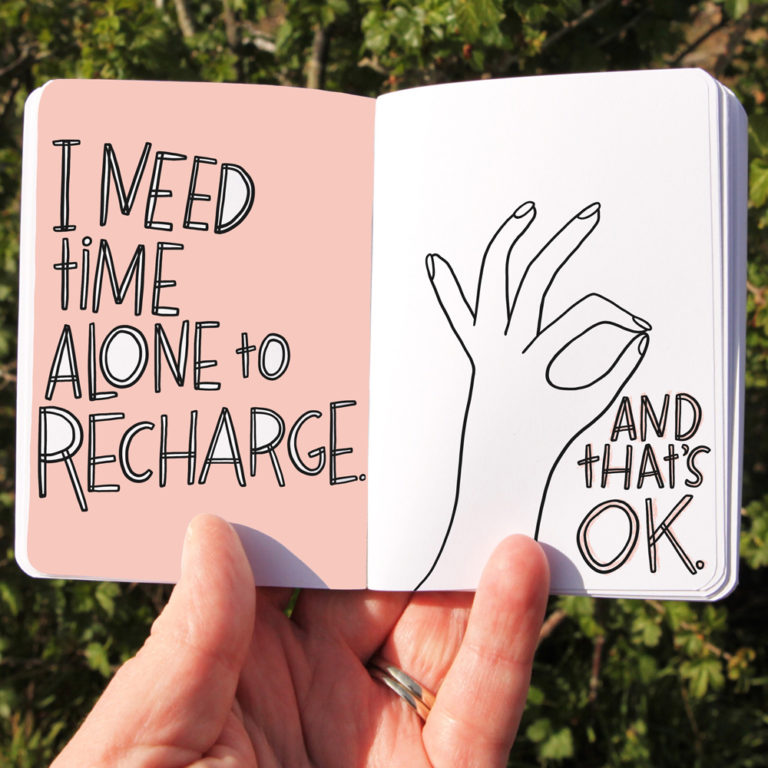#143 Jenny Brown: Mixed Media Art Bringing the Future to Old Stories
Artist Jenny Brown lives in Providence, Rhode Island. She uses vintage papers in her art, bringing the future to old stories when she adds paint and ink to create something new. Her layered and detailed art is inspired by botanicals as well as celestial scenes. She’s shown her work in galleries and soon will be showing at a gallery in Brooklyn.
Listen here or use a podcast app, such as Apple Podcasts, Castbox, Spotify, or Stitcher.
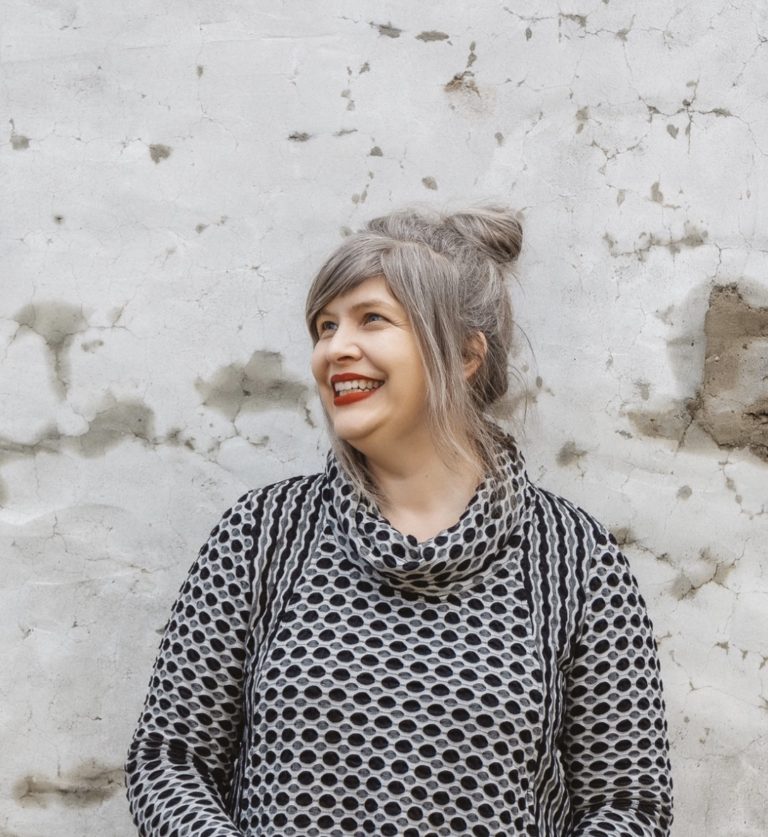
Jenny Brown
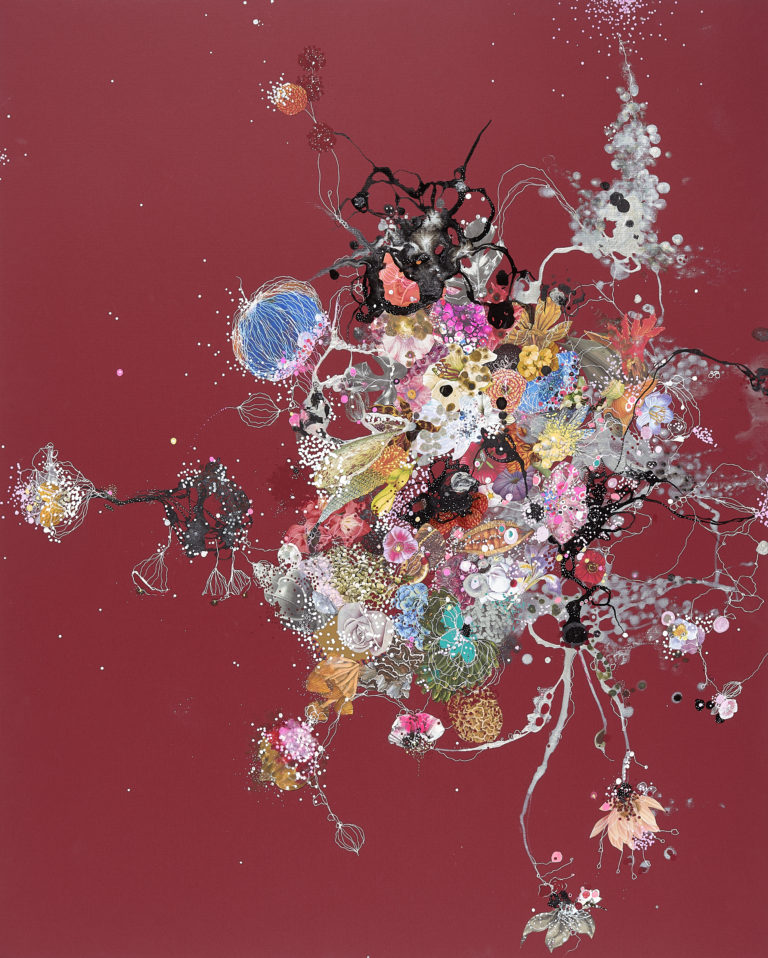
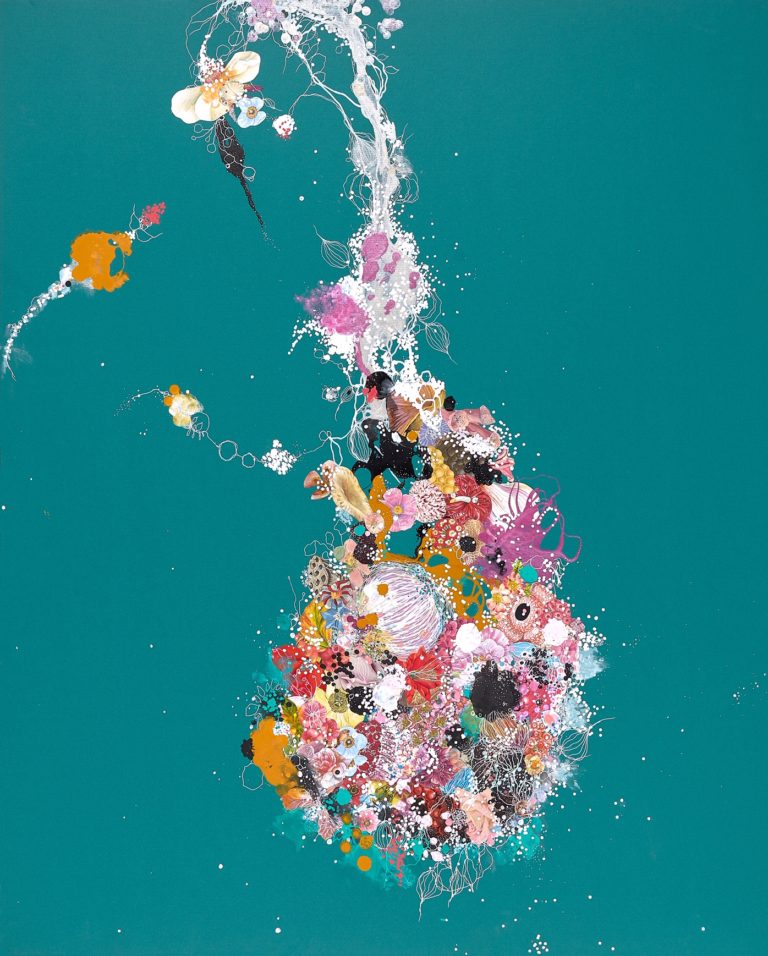
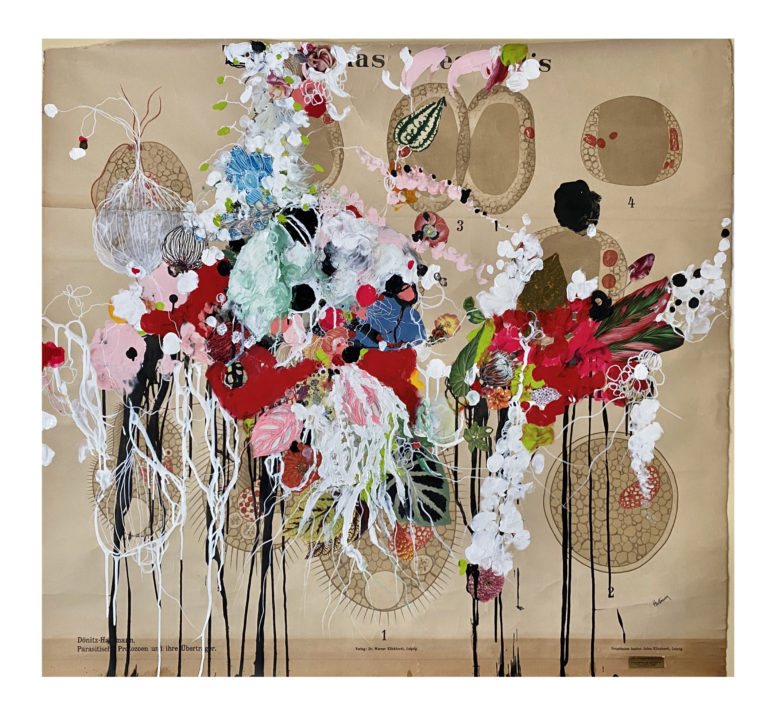
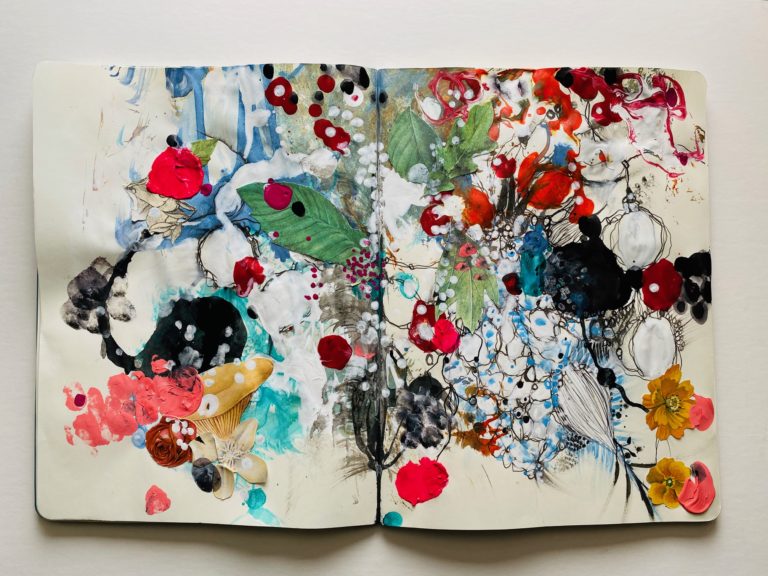
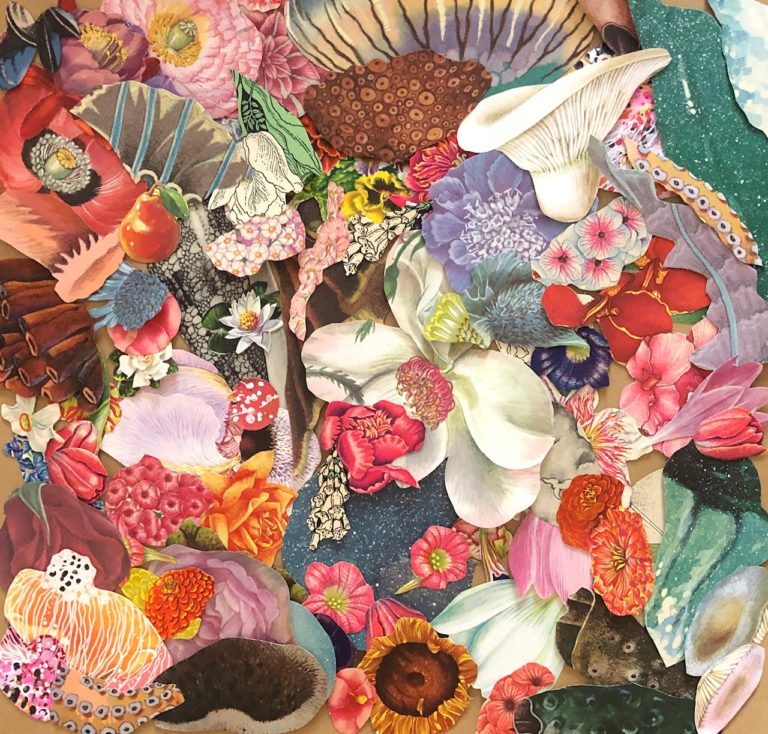
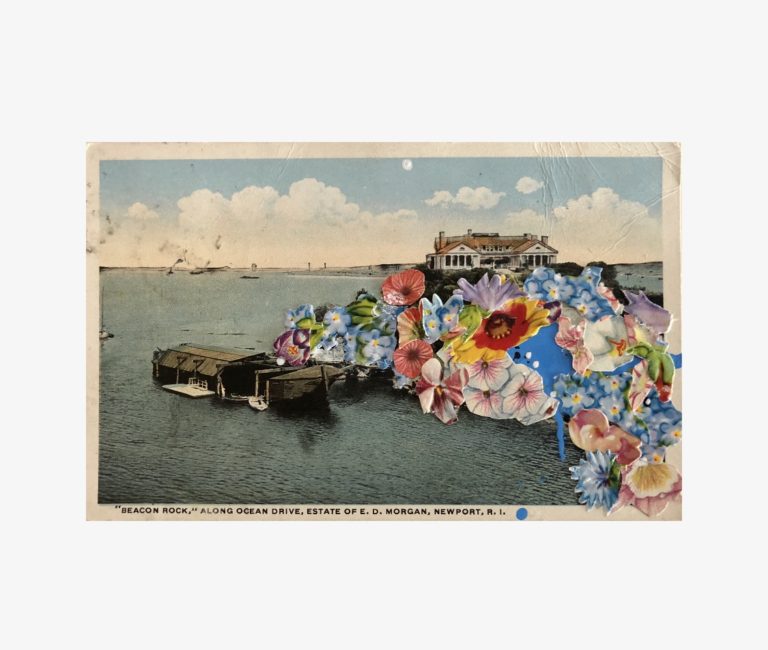
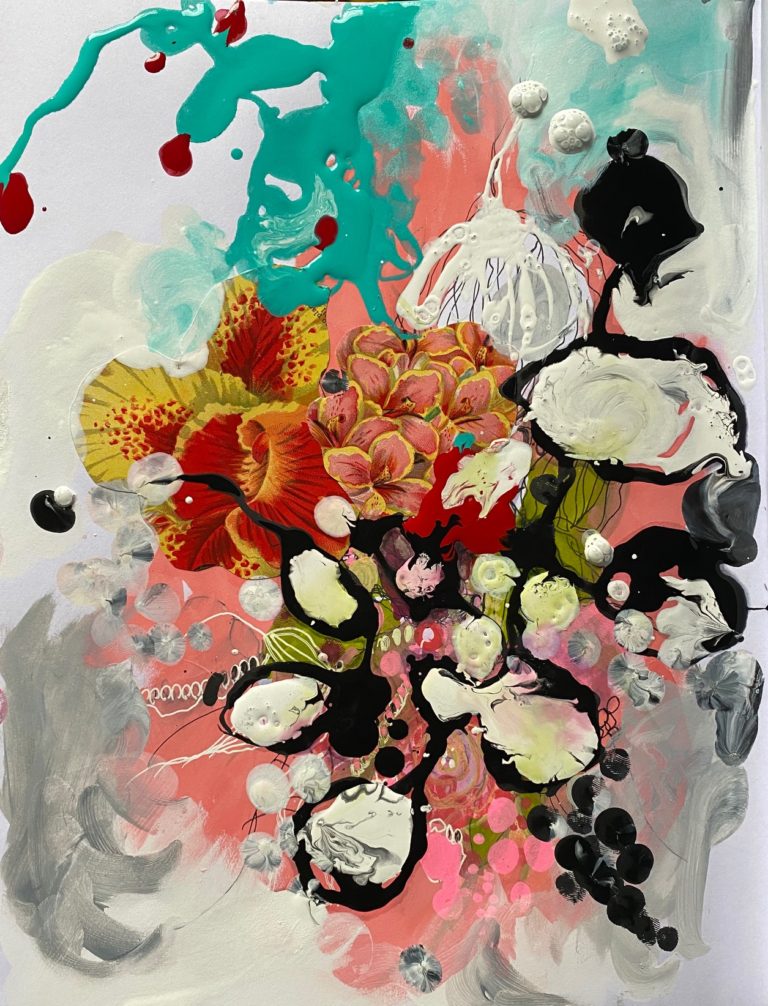
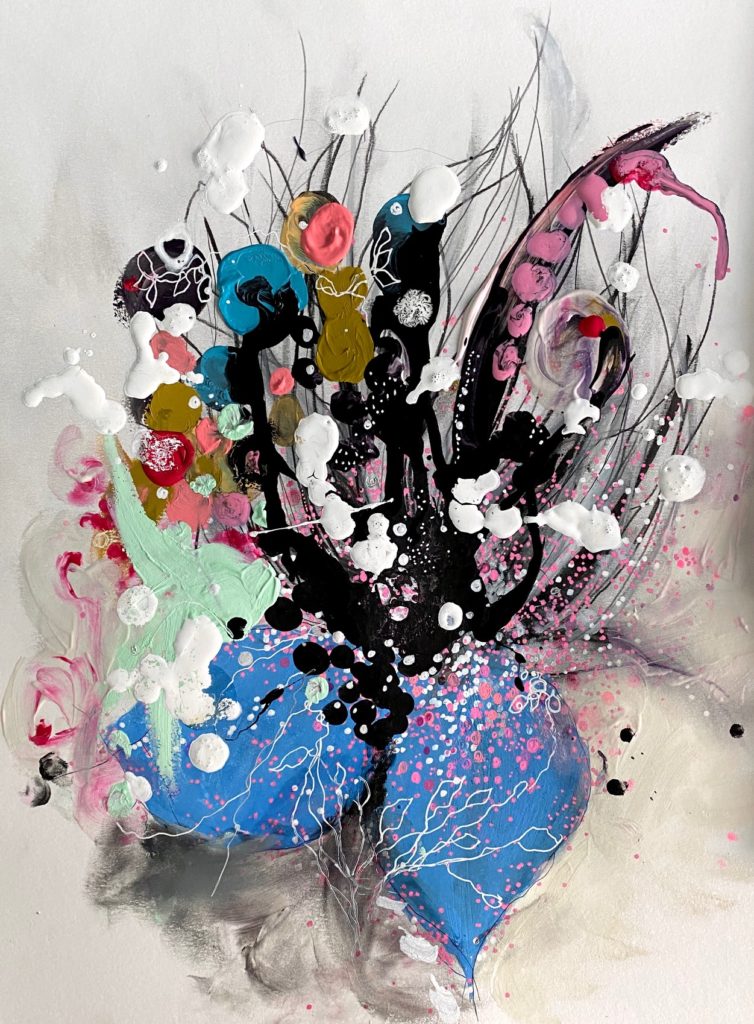
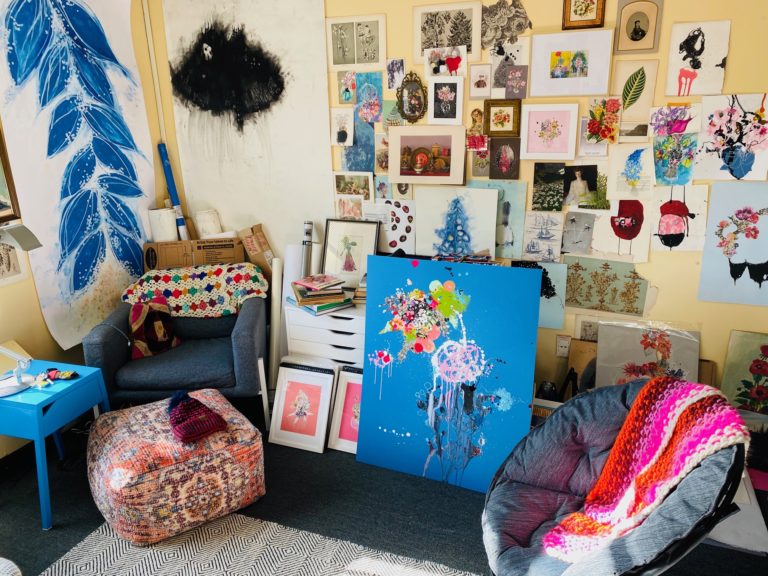
Jenny’s website is jennybrownart.com.
She also can be found with that same name on Instagram, Facebook, Twitter, and Pinterest.
In April, 2020, she will have a solo show of her art at Collier West in Brooklyn. The show will be called Small Stories of Flowers on the Moon.
She also has artwork at the Candita Clayton Gallery in Pawtucket, Rhode Island and at Lore Collection in Providence.
Here are some great takeaways from our conversation:
- Jenny tries to start every day with a little drawing. That way, no matter what happens the rest of the day, at least she’s started it with some art.
- If you’re making art and you think you’ve messed it up, like you’ve spilled paint or ink, or you’ve made mud when mixing colors, look at that as a challenge to fix something. When you put it in a positive perspective, you’re more likely to keep going with the art and break through to the other side of something good.
- When using charcoal or pastels on your artwork, it’s a good idea to spray the final piece with a fixative. Otherwise, it’s not necessary. You can protect your art by just matting it and framing it under glass or acrylic.
- Jenny did a painting live in an Alex & Ani store. She pointed out that it was a great way to meet local people who have followed her on Instagram. Do the promotion ahead of time, and people who follow you will want to come and meet you in person. That also might help you if you’re nervous painting in front of people because you’ll know that familiar names will be coming to see you.
- Jenny finds art opportunities through open Calls, galleries, and publications. You can find these in local art magazines, through Instagram with specific hashtags, and on community and art event boards.
- We talked about how people can find you on the internet. It’s actually better to use your name rather than a different business name because after people meet you it will be easier to find you when they can remember your name.
- Don’t underestimate the power of Instagram. Galleries have found Jenny through seeing her work on Instagram. Try to create a feed that reflects your work and shows a lot of your artwork.
- Post category:Season 2/Show Notes
